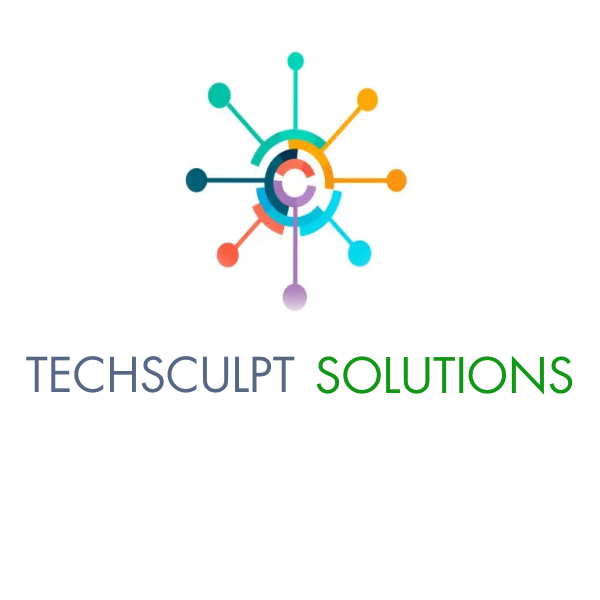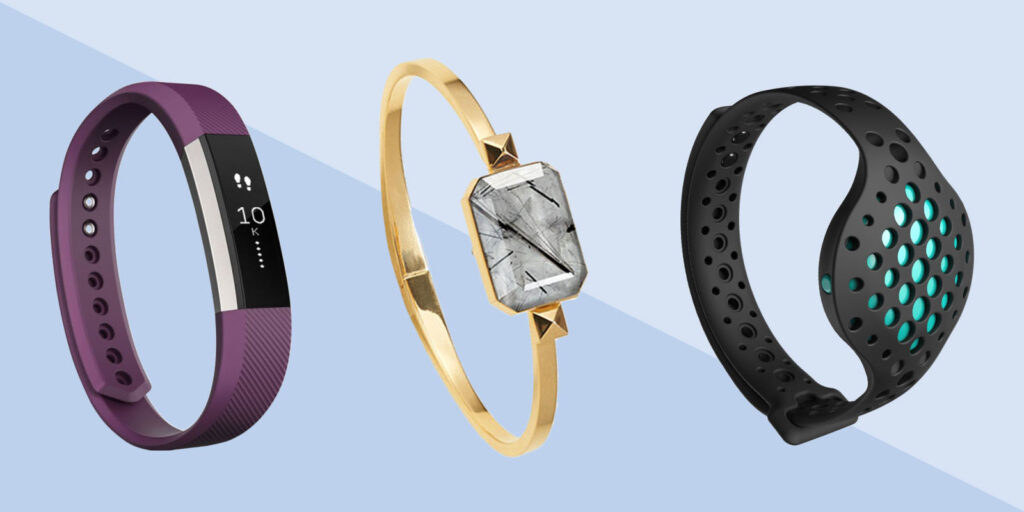Wearable technology has come a long way since the days of basic pedometers. Modern fitness trackers and smartwatches have transformed from simple step counters into powerful devices that offer a comprehensive view of our health and well-being. This evolution continues to change how we interact with technology, making it easier to monitor fitness, productivity, and even mental health. Let’s dive into the innovations shaping the wearable tech industry and how you can make the most of your fitness tracker.
A Look Back: The Early Days of Wearable Tech
The first generation of fitness trackers focused on counting steps and estimating calories burned. Devices like Fitbit Classic and Nike+ FuelBand were groundbreaking for their time, offering a glimpse into the potential of wearable tech.
However, these early models had limitations. They lacked advanced sensors, offered minimal data analysis, and required manual input for some activities. While they encouraged basic physical activity, they were far from the multi-functional health tools we see today.
What’s New: Innovations in Wearable Tech
Modern fitness trackers and smartwatches, like the Apple Watch Series 9, Fitbit Charge 6, and Garmin Venu 3, represent a massive leap forward. Here’s how:
1. Enhanced Health Monitoring
- Heart Rate Variability (HRV): Newer devices measure HRV to provide insights into stress levels and recovery.
- Blood Oxygen Monitoring (SpO2): Devices now track oxygen levels, which can indicate sleep apnea or altitude adaptation.
- ECG and Blood Pressure: Features like ECGs and cuffless blood pressure monitoring are becoming standard in premium wearables.
2. Advanced Fitness Tracking
- Sports-Specific Modes: From hiking to swimming, new trackers provide detailed stats tailored to specific activities.
- AI Coaching: Algorithms analyze your data to offer personalized recommendations and training plans.
- GPS Accuracy: Improved GPS ensures precise tracking for runners, cyclists, and hikers.
3. Lifestyle Features
- Voice Assistance: Devices now integrate AI assistants like Alexa and Siri for hands-free convenience.
- Payment Systems: NFC-enabled wearables allow users to make contactless payments.
- Sleep Coaching: Beyond tracking sleep stages, wearables now offer actionable tips for improving sleep quality.
4. Sustainability and Design
- Eco-Friendly Materials: Manufacturers are using recycled materials and sustainable processes.
- Customizable Styles: Swappable bands and watch faces make wearables suitable for any occasion.
How to Get the Best Out of Your Fitness Tracker
Owning a fitness tracker is one thing; using it effectively is another. Here are tips to maximize its potential:
1. Set Clear Goals
Define specific objectives, such as steps per day, workout frequency, or sleep improvement. Most devices allow you to set and track these goals directly.
2. Explore the App Ecosystem
The companion app is a treasure trove of insights. Sync your tracker regularly to monitor trends, set reminders, and analyze data.
3. Utilize Advanced Features
Take advantage of lesser-used features like breathing exercises, hydration tracking, or fall detection. These can significantly enhance your overall wellness.
4. Sync with Other Apps
Connect your device to third-party apps like Strava, MyFitnessPal, or Apple Health for a more holistic view of your health and fitness journey.
5. Regular Maintenance
Keep your tracker clean, update its firmware, and charge it efficiently to ensure it performs optimally.
6. Wear It Consistently
For accurate data, wear your tracker regularly, ensuring a snug but comfortable fit.
The Future of Wearable Tech
As wearable tech continues to evolve, we can expect even more integration of AI, predictive health monitoring, and augmented reality. These advancements promise to make wearables indispensable tools for proactive health management and everyday convenience.
The evolution of wearable tech has transformed fitness trackers and smartwatches into sophisticated devices capable of improving not just fitness but overall health and lifestyle. By understanding the capabilities of modern wearables and leveraging their features, you can maximize their value and achieve your health goals effectively.
Whether you’re a tech enthusiast or a fitness novice, the possibilities are endless with today’s wearable technology. The key is to embrace these innovations and integrate them seamlessly into your daily routine.
Techsculpt Solutions: Empowering you with the latest tech insights.




